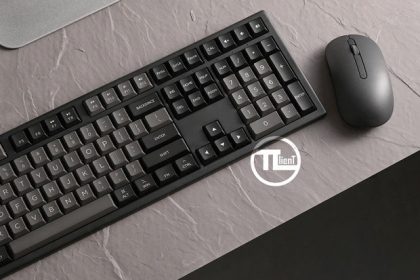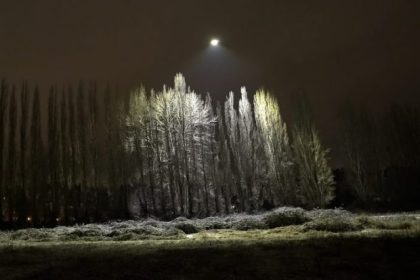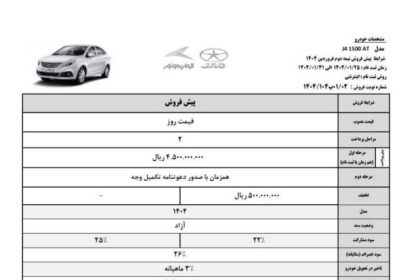Archaeologists have been able to discover new antiquities by drilling the Queen’s Temple and finding out more about the desert temple.
Drilling in the burial temple of the queen even reveals complex burials, decorated blocks, and numerous ancient tools.
Archaeologists working in Luxur in Egypt have recently had several discoveries in the area around Deir al -Bahri (also written by Deir al -Bahri and Deir al -Bahr). The recent discovery is the famous burial temple made by Eggshawot, a woman who ruled the Egyptian Pharaoh.
New discoveries in the Temple of Queen Even
The team has found the “Fundamental Deposit of the Temple”. The fundamental deposit includes objects that the ancient creators had buried when the temple began. In the obtained works, they found a drill; The tool used to cut and shape the wood.
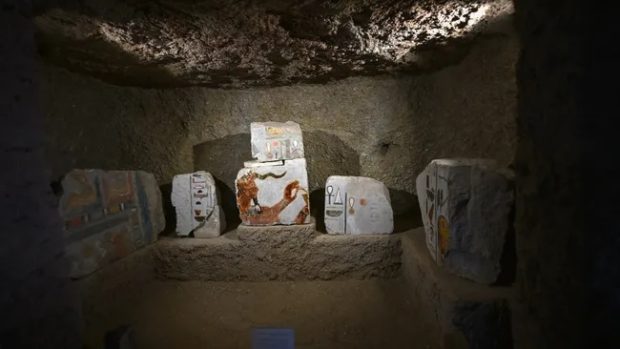
Paleontologists also found a wooden hammer, two brushes, a wooden molding model for making mud bricks and two pieces of stone containing the even queen cartridges. In addition, the oval objects were formed that can represent the name of a ruler. Former head of the Egyptian Ministry of Antiquities, who leads the drilling team, confirmed the discovery of these archaeological sites on the luxury site.
The senses confirmed that the burial temple was known in ancient times as “Dajjar Dajra”. Also the tools of the Homes, hammer, mold model, and one of the pens contain the inscriptions on which they wrote: “Good God, in the Temple of Dajjar, the beloved Ammon.” Ammon was the main god of the ancient blessings, now called luxury. The phrase “Nabi Ra’a” refers to the name and some of the titles of the god of the sun (also known as Ra).
New discoveries from the Queen’s Desert Temple
The team’s team also found 2.5 colorful stone blocks, which were part of the Queen’s desert temple. The temple was also built near his burial temple. The desert temple is probably decorated with a variety of scenes, some of which are still visible on the blocks.
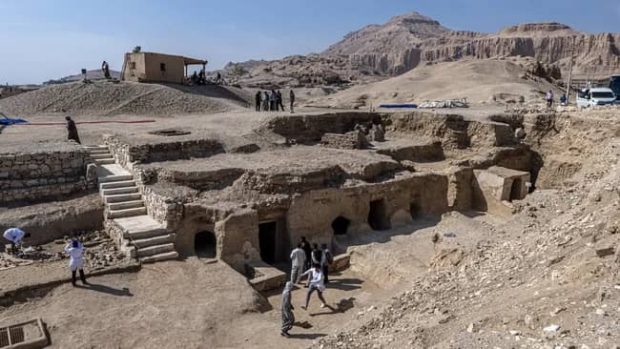

The queen even was a female Pharaoh who ruled about 1 to 2 BC during the eighteenth dynasty. She was a third -grade adoptive mother who ruled at some point as a companion and succeeded her after her death. The drilling team said the drilling team has found evidence that it has reconstructed the Third Burial Temple of the Queen’s Hatshepsut after her death. After the death of the queen, some of her sculptures and inscriptions were destroyed throughout Egypt. In this case, of course, the third was attempted to rebuild his temple.
Other ancient discoveries in luxury and around the Queen’s Temple
In a statement on Facebook, the drilling team made several other discoveries in the luxury. Among their discoveries we can refer to a cemetery from the seventeenth dynasty (about 1 to 2 BC). That is, when foreign people, named Hikus, ruled part of Egypt.
Inside the cemetery, the drilling team found coffins that included the remains of ancient Egyptians. When digging in the cemetery, the archaeologists also found the remains of bows and spears. These were the weapons they probably used to fight the Hiks. It is likely that some cemetery guards have participated in the fight against the Hikos.
New findings from the queen tattish
The drilling team also found the tomb of Copper, which was watching the Queen’s palace. There are discussions about which Pharaoh was married. The Queen of Tatisari lived in the seventeenth dynasty and probably was alive early in the eighteenth dynasty. Inside the tomb, archaeologists discovered a reception table of limestone, a memorial boulder and a cosmetics made of marble and pharynx (glazed ceramics).
Aiden Dadson, an Egyptian professor at the University of Bristol in England, who did not interfere in the drilling, said: “
For me, the most important discovery of blocks from the Queen’s Desert Temple is even Shachows. While his main temple has been extensively drilled and studied since the mid -19th century, the Desert Temple was briefly examined by Howard Carter about 5 years ago.
The excavation team analysis continues.
(tagstotranslate) Pharaoh Egypt (T) ancient Egypt
RCO NEWS












